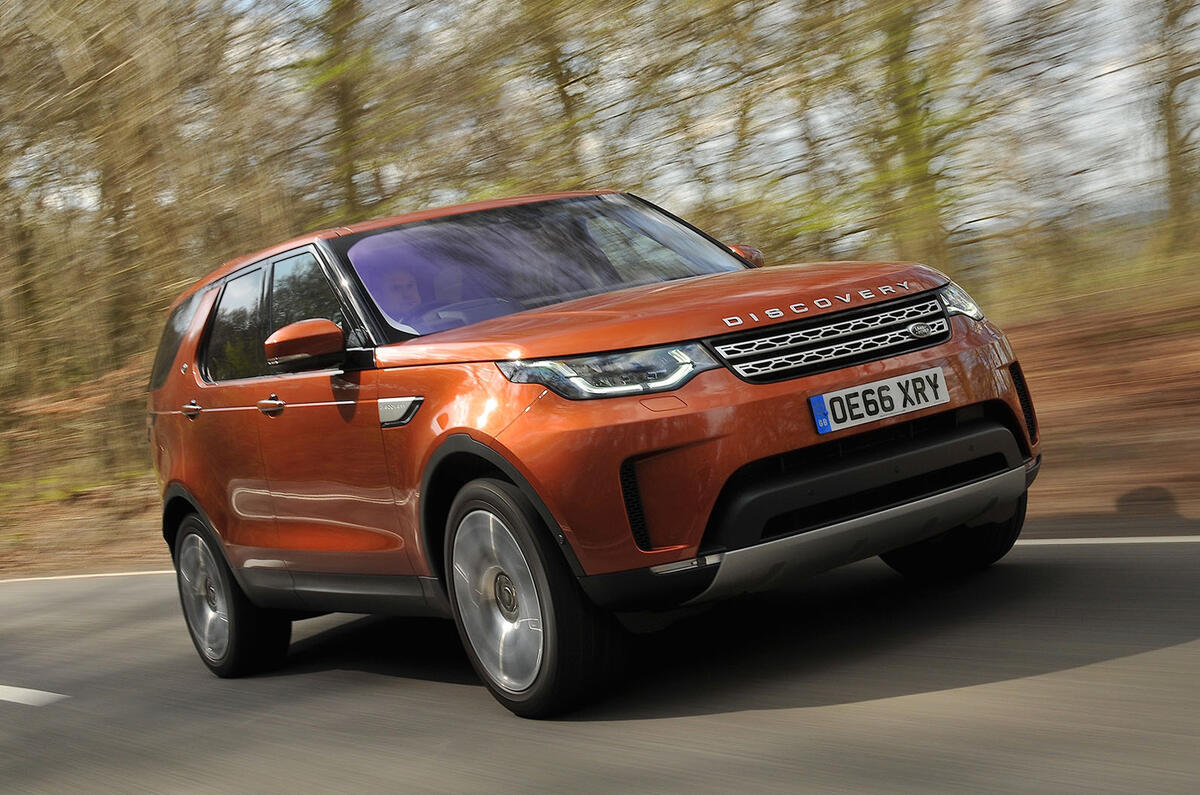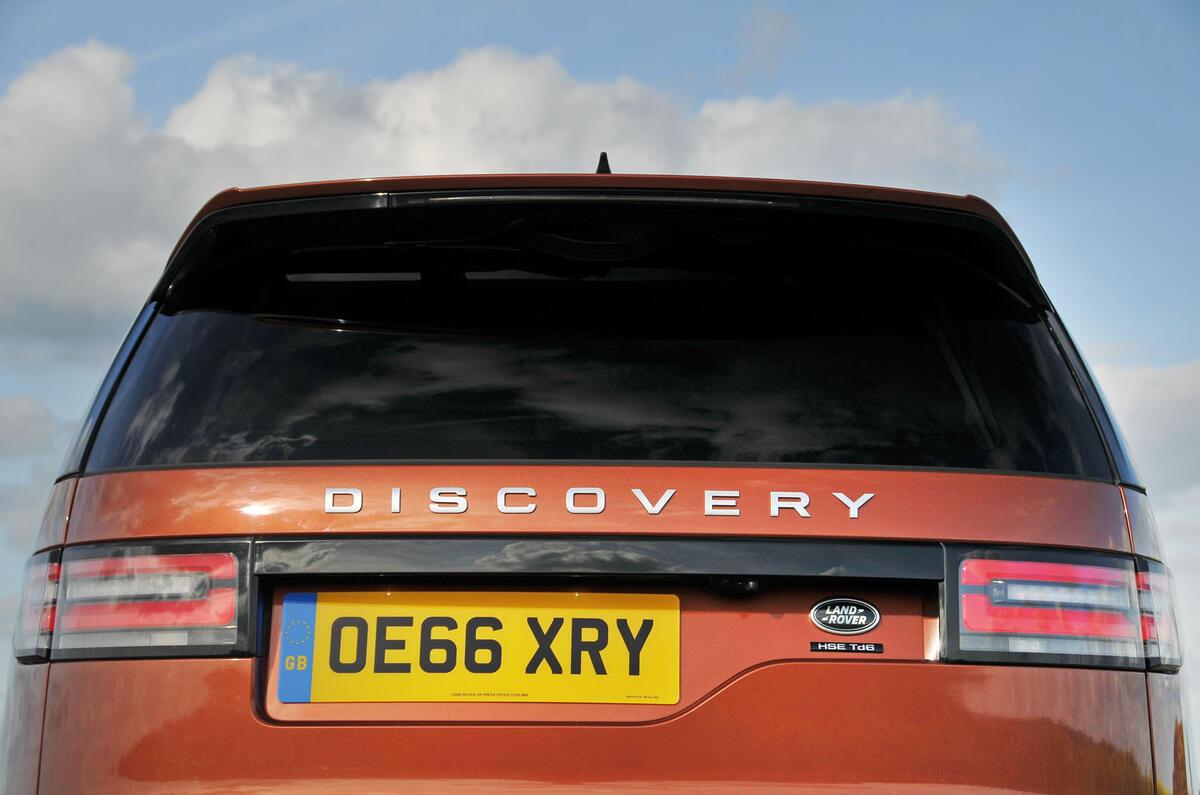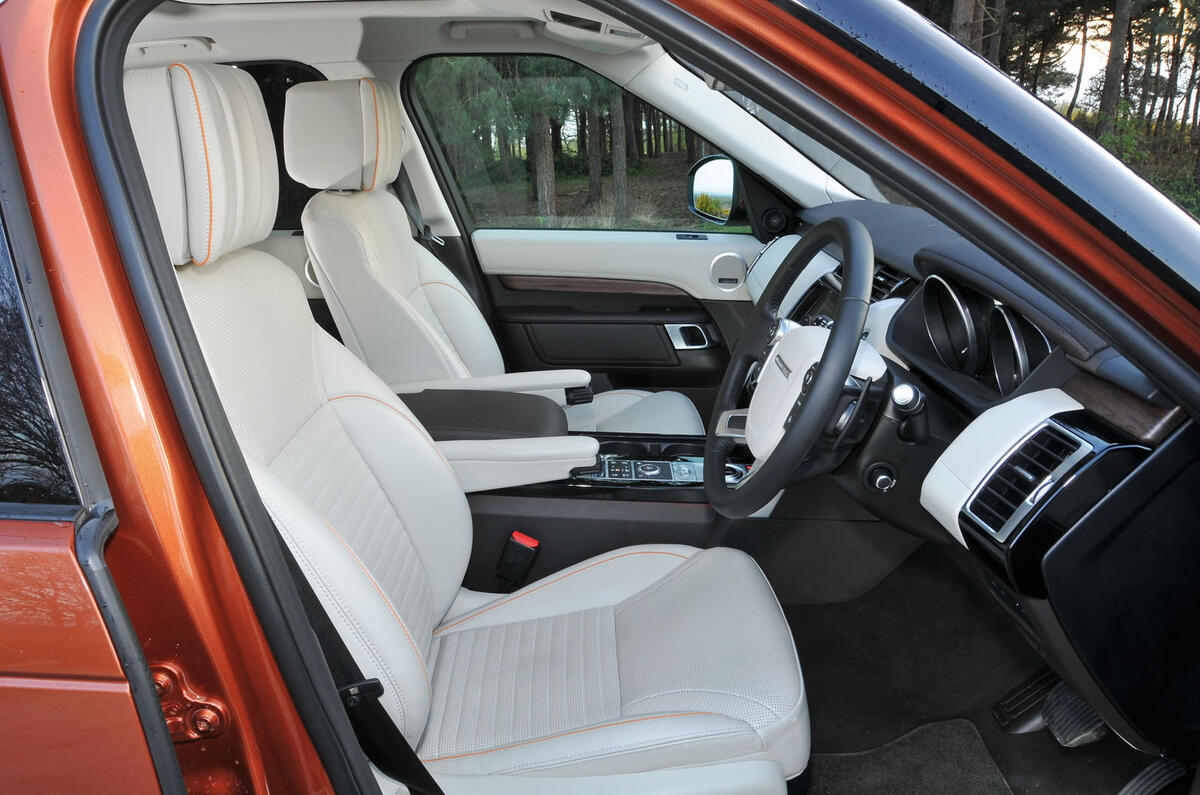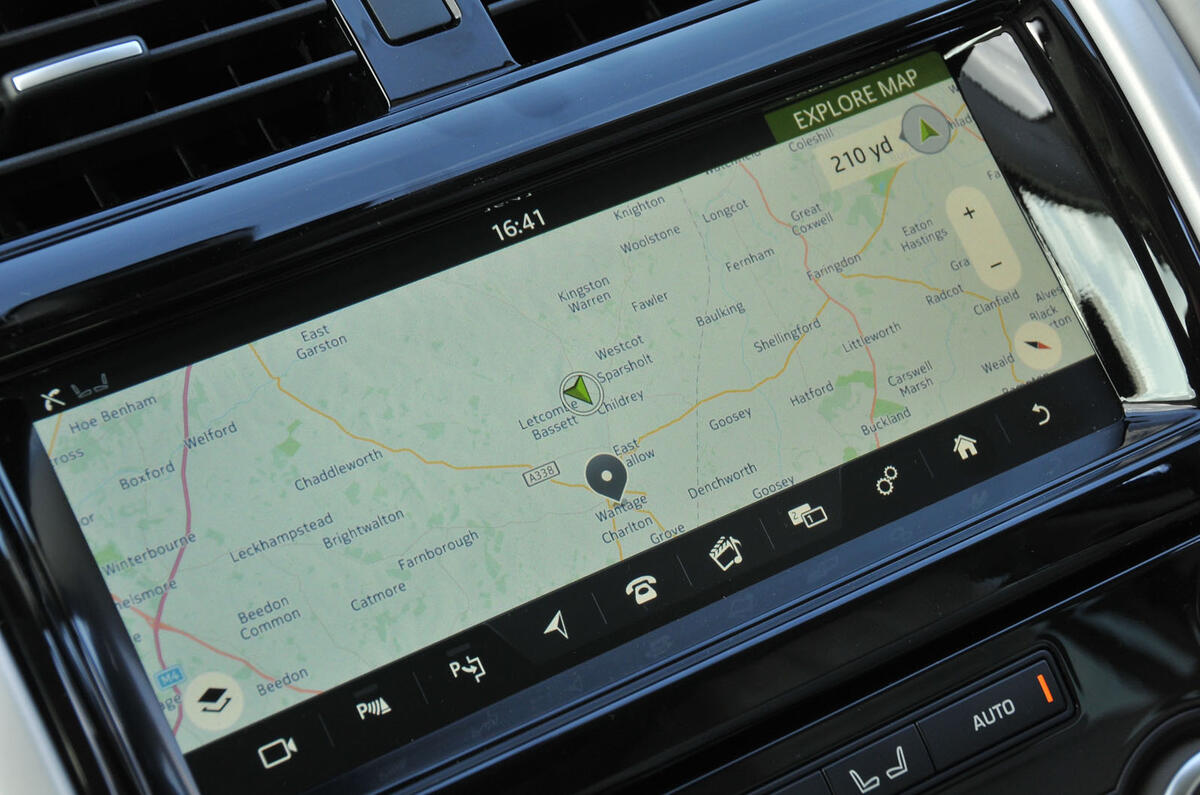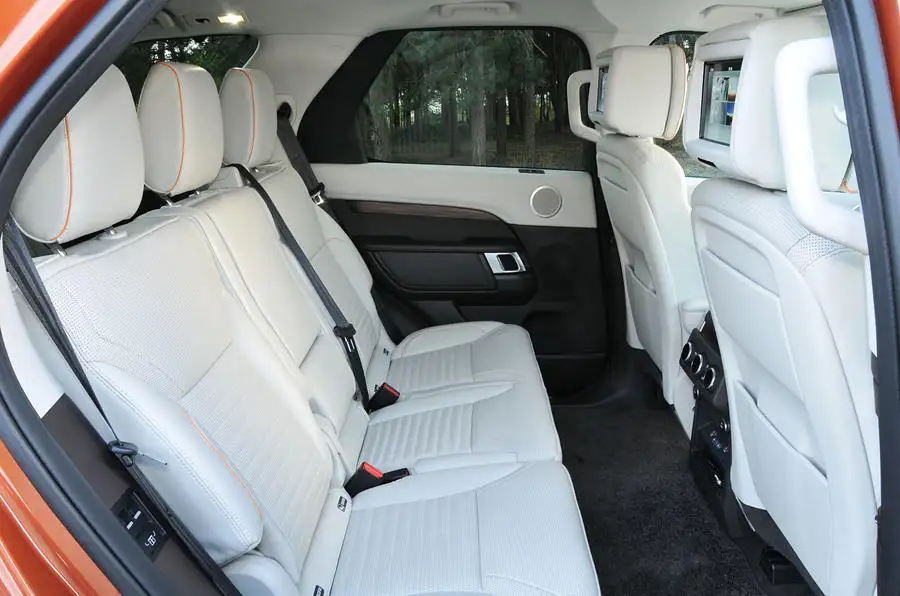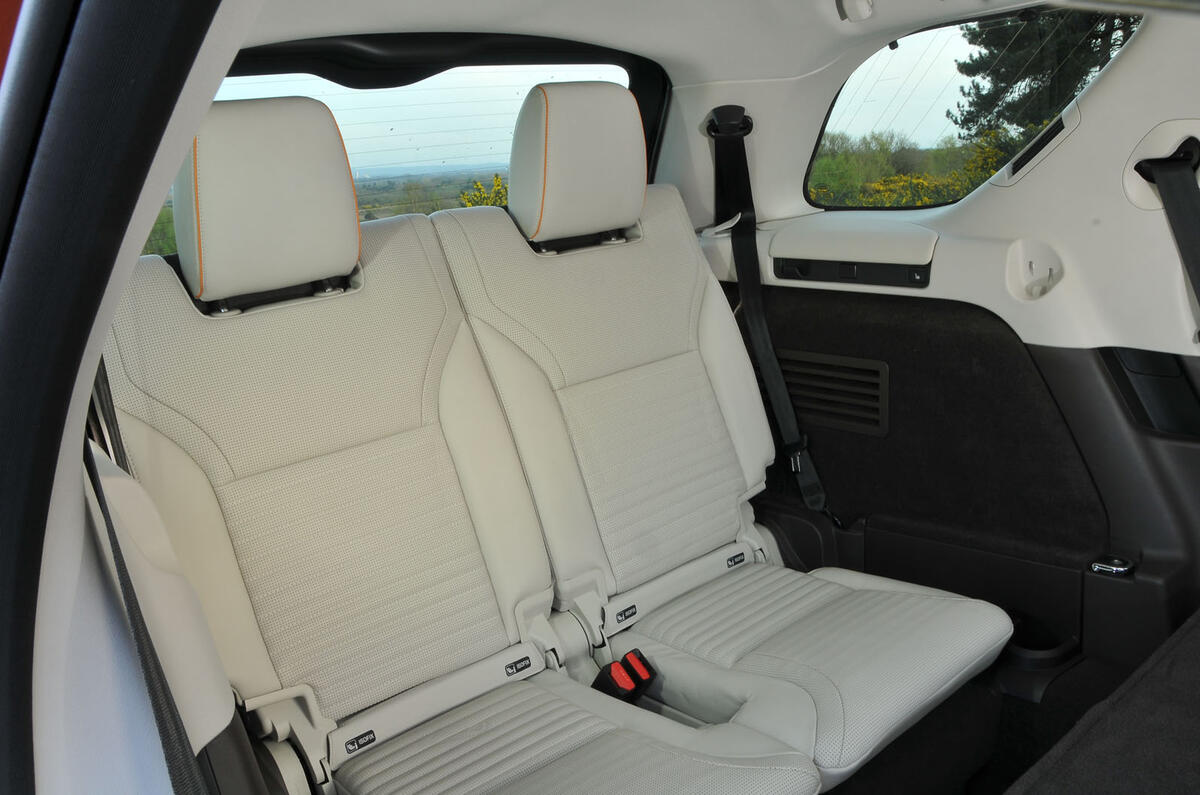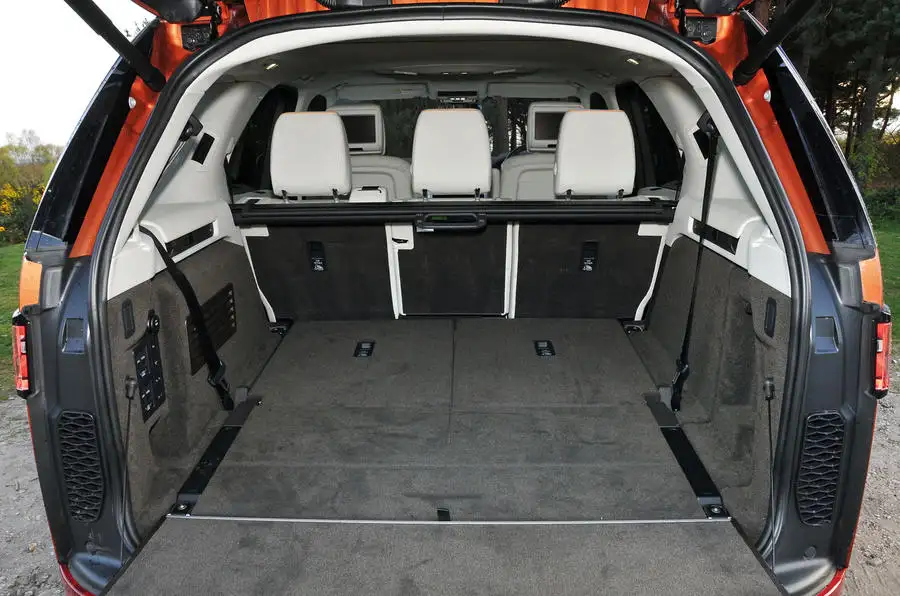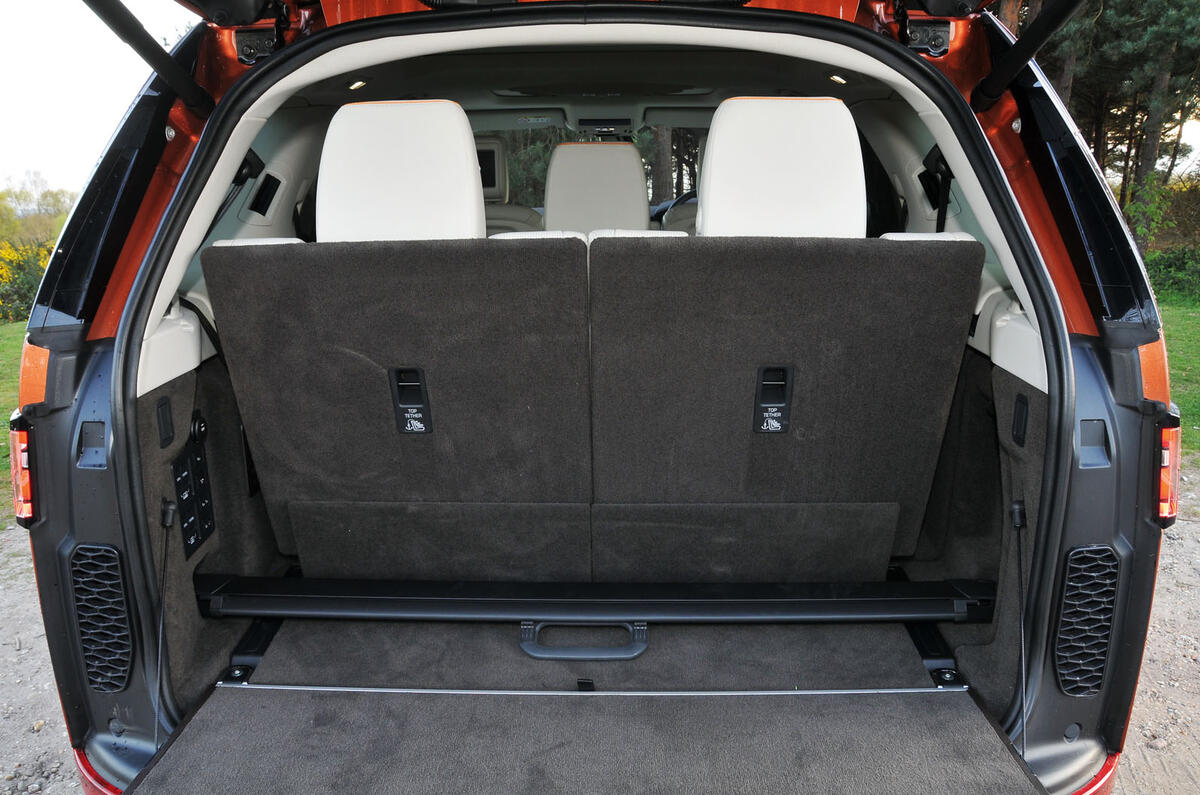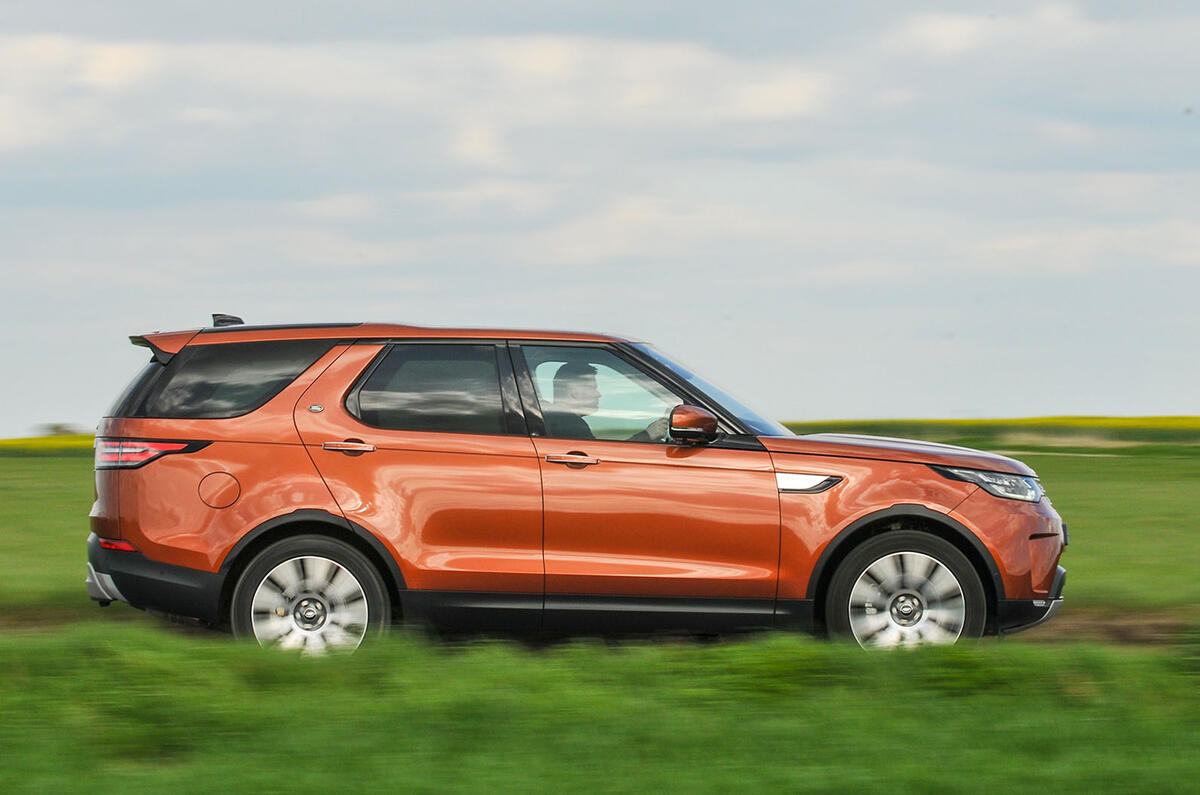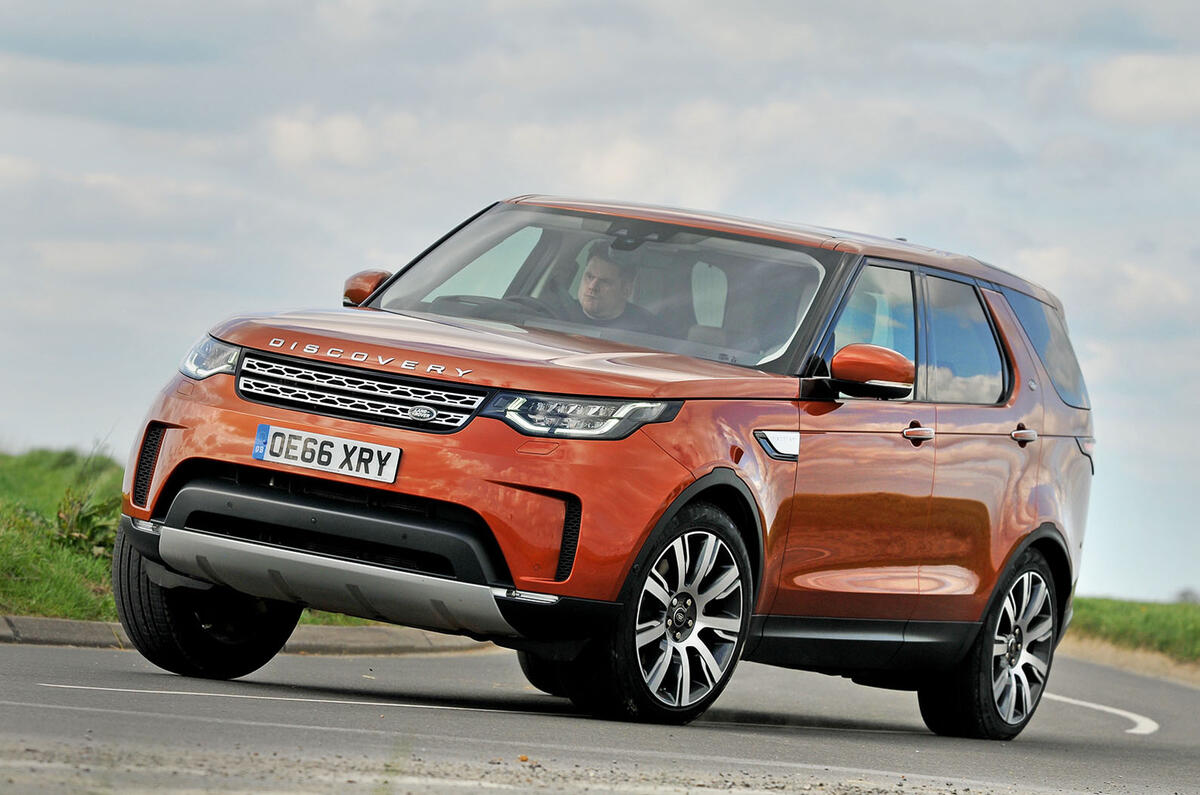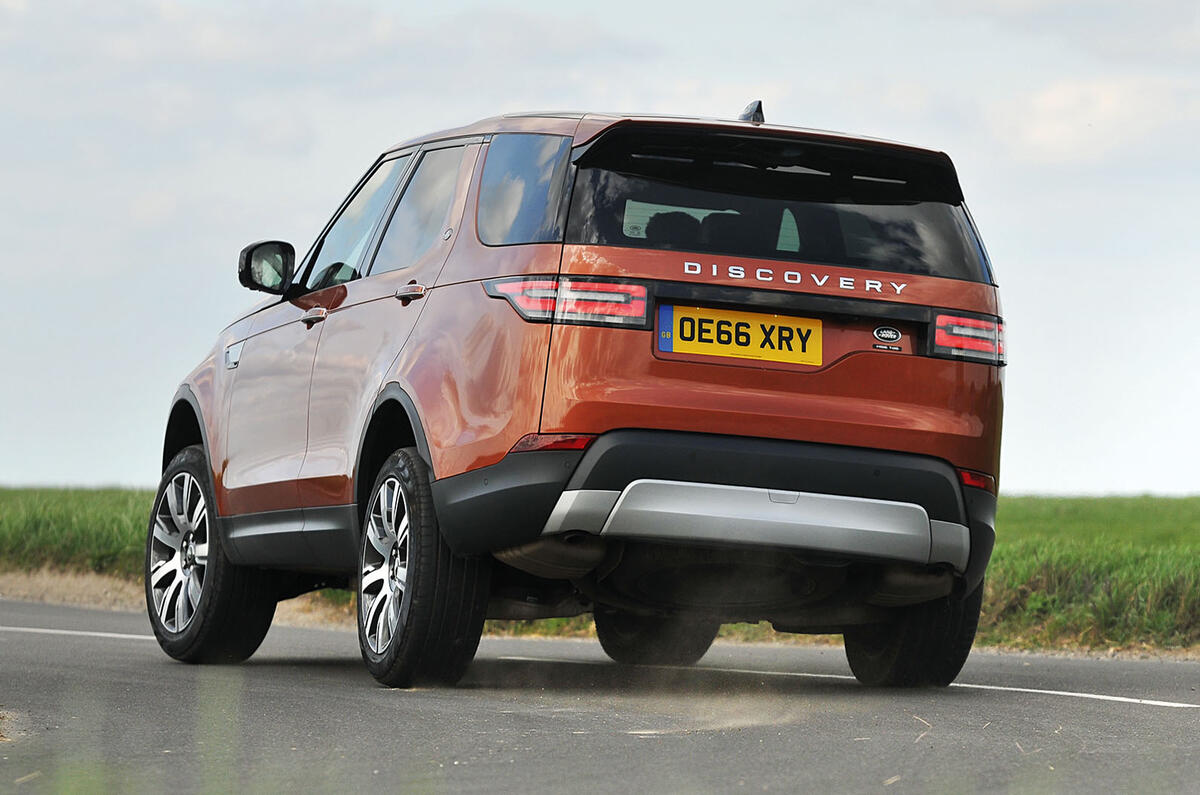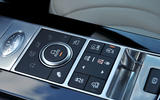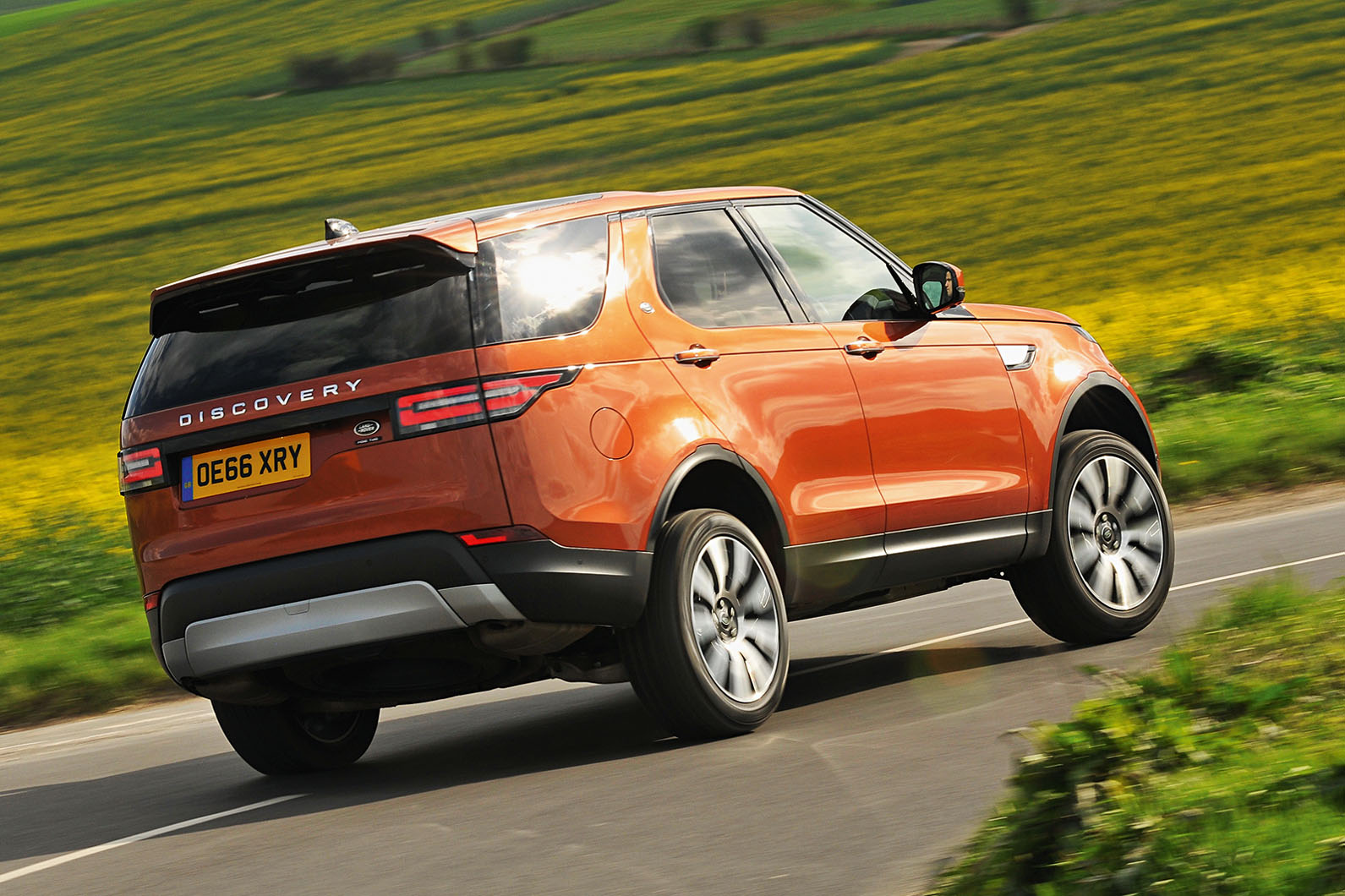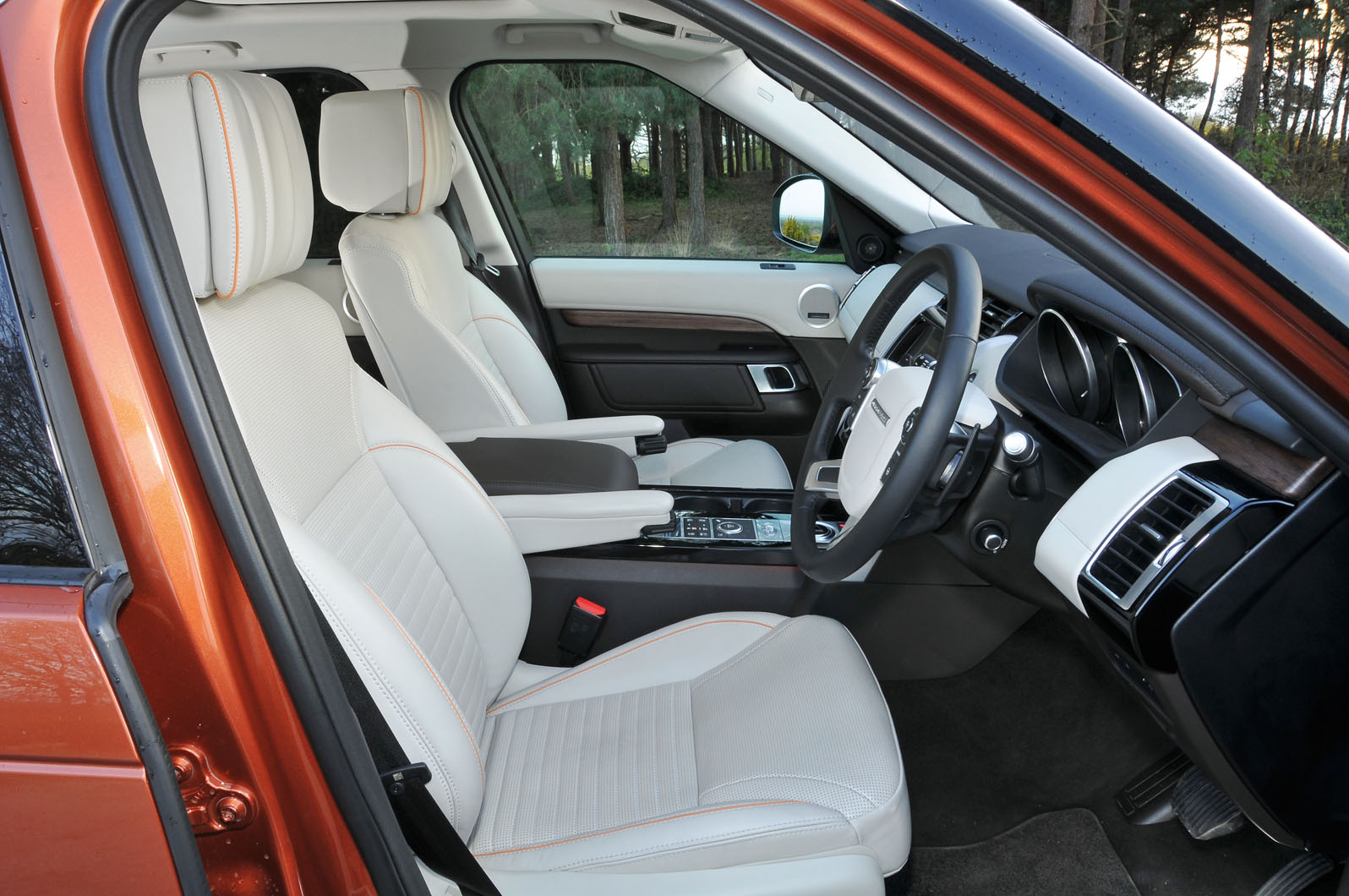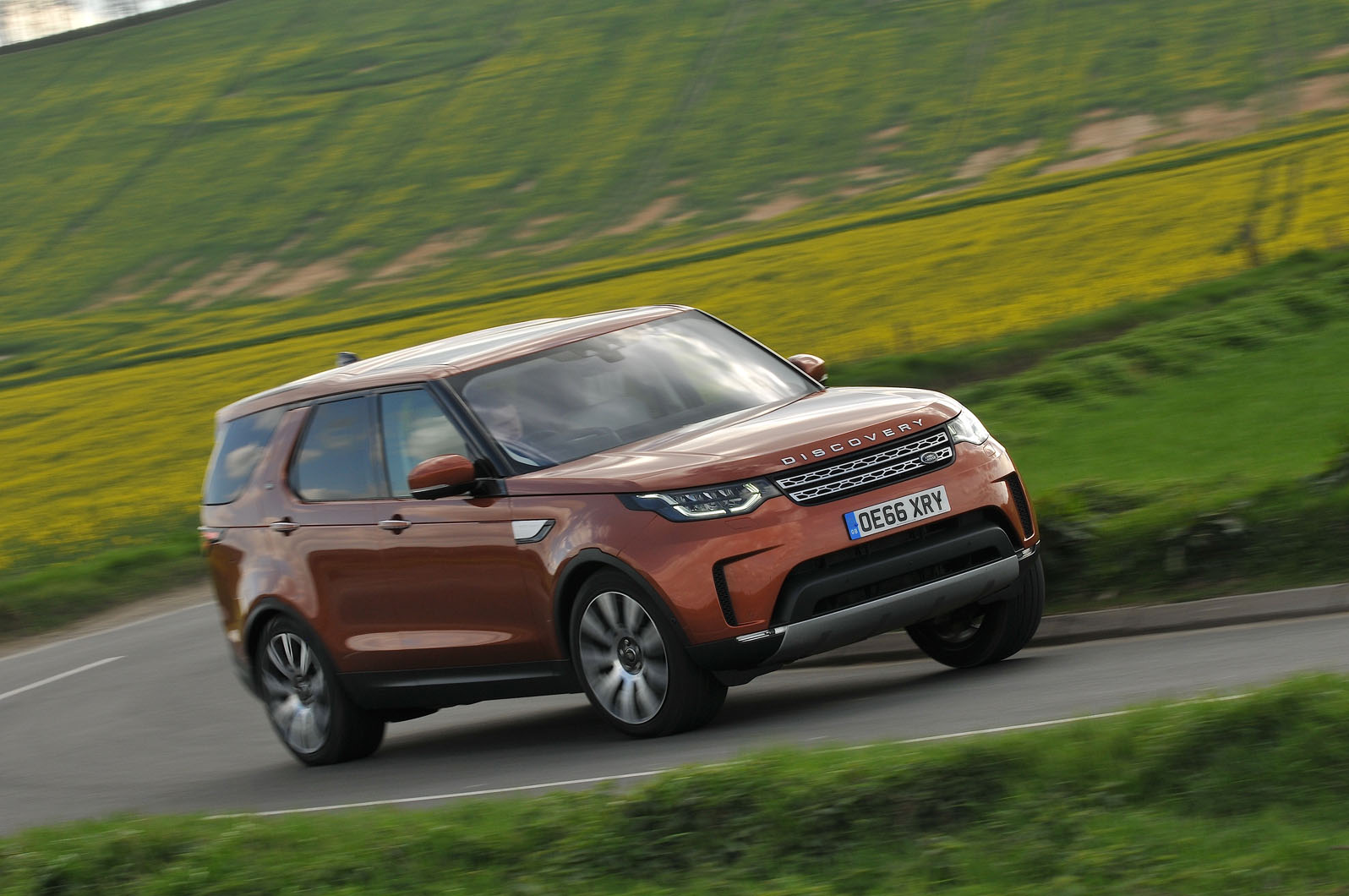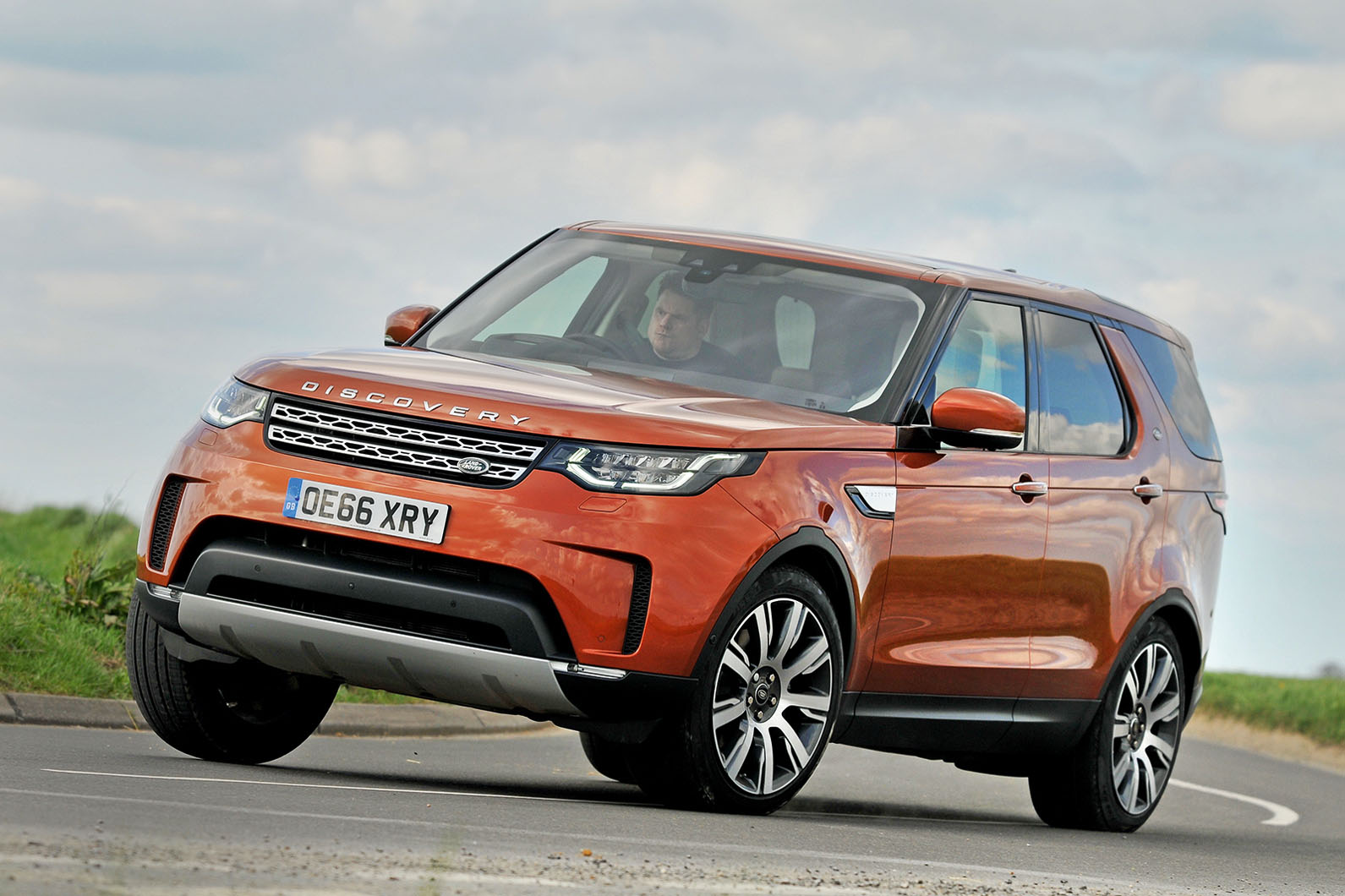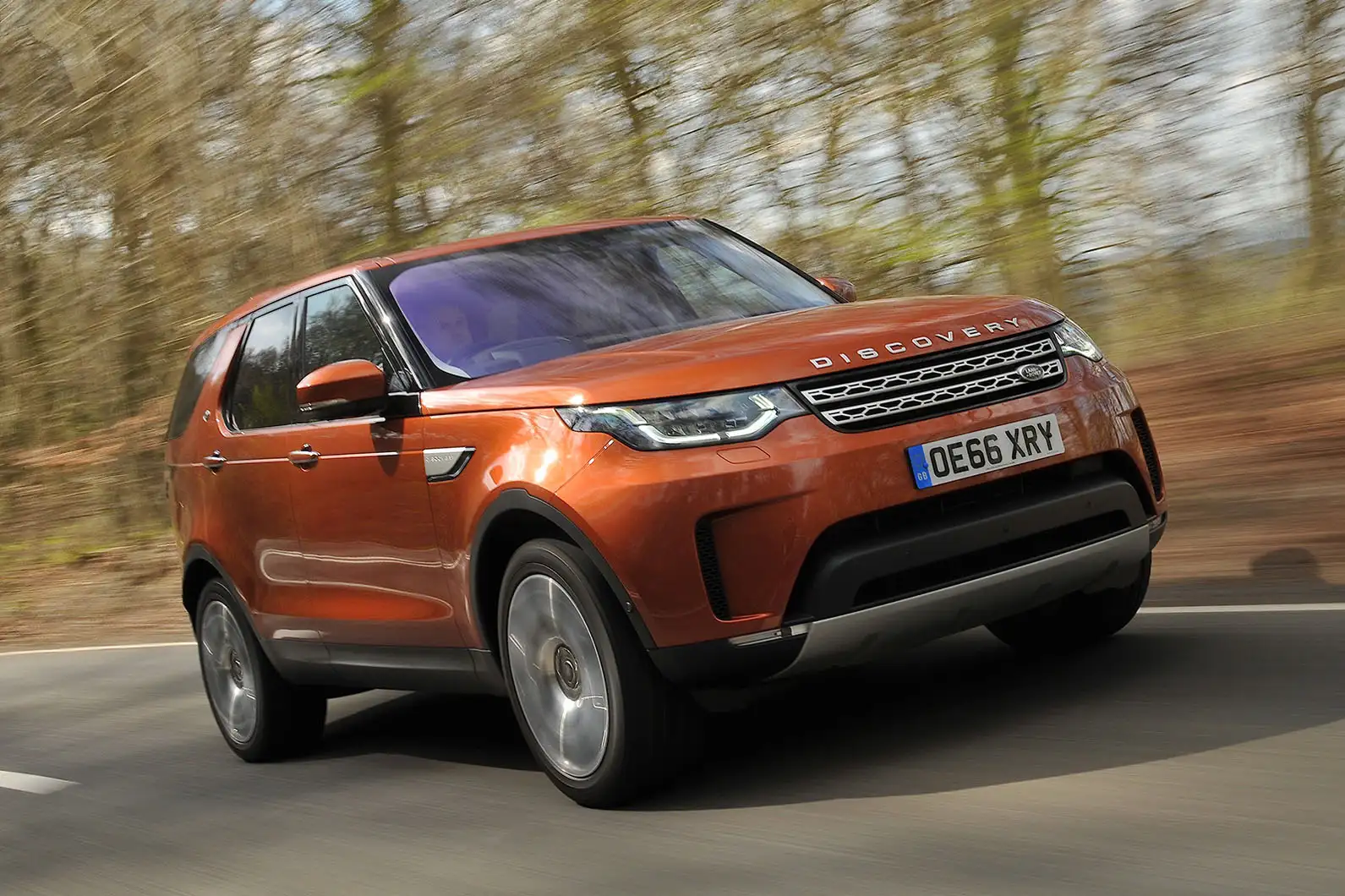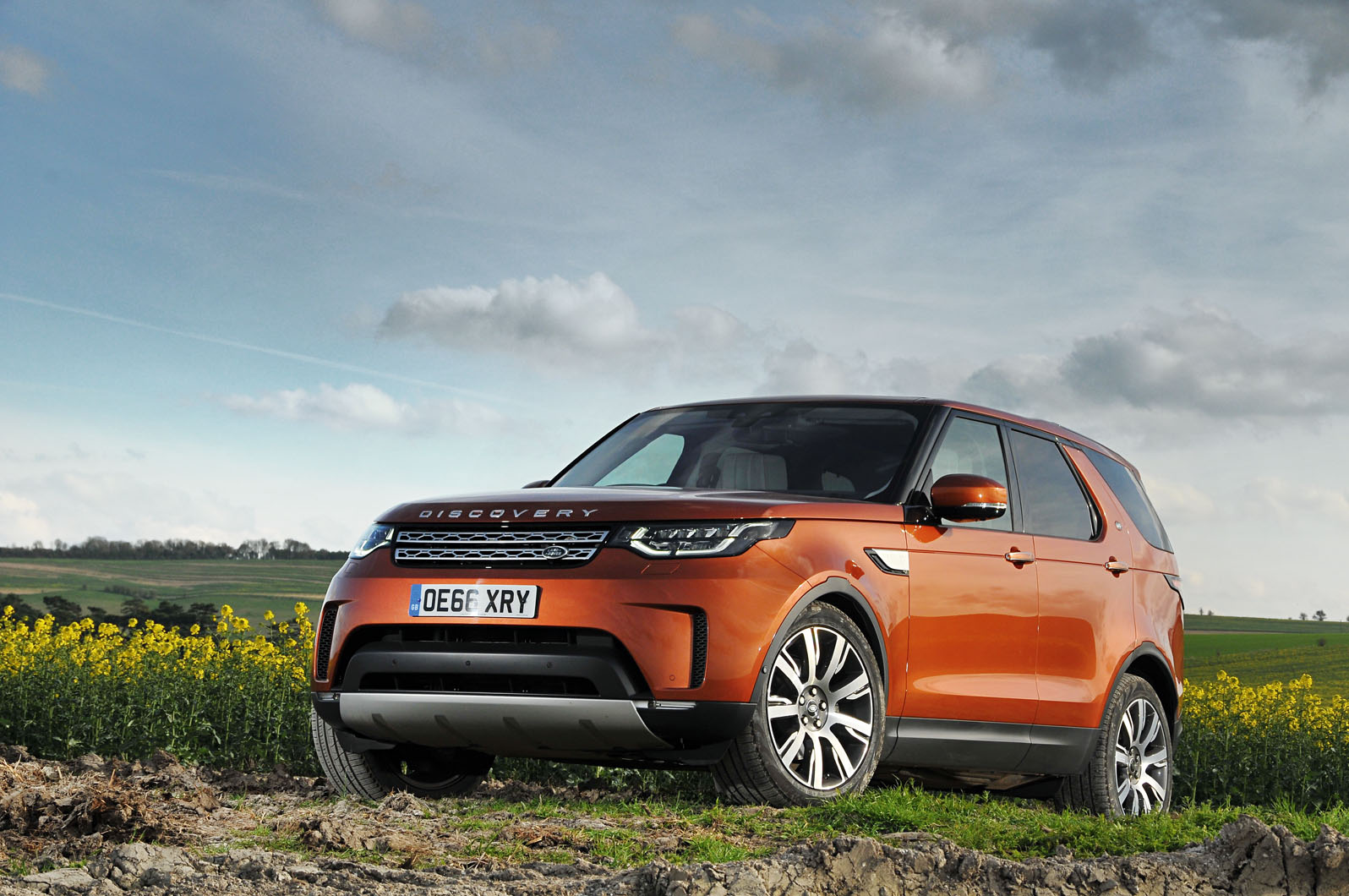When the Discovery 3 was launched in 2003, it dwarfed its competition, but the rest of the large SUV class has since caught up on size.
So although the new Discovery remains considerably taller than its opposition, an Audi Q7 is longer and also almost as wide across the door mirrors – and a Volvo XC90 isn’t far behind.
But irrespective of that, the expectation is that this will be just about the most spacious SUV on the road, because that’s the niche Land Rover has carved for it.
So it may come as a surprise that however generous the head room it affords its driver, it’s only averagely accommodating for maximum front leg room.
You sit high in the Discovery, but there’s only up to 1070mm of leg room behind the wheel, whereas an XC90 gives you 1140mm – something well worth noting if you’re particularly tall.
As you move backwards, though, the standard of practicality rapidly improves. The second row is split 60/40, each portion sliding fore and aft as well as folding. At their rearmost position, each middle-row seat affords enough space to beat a Q7, although here, again, the XC90 is king on leg room.
In row three, the Discovery is head and shoulders more spacious than its rivals. Our test car’s third-row seats were also heated and had their own Isofix points and USB points for charging electronic devices. So as a seven-seater for adult passengers, the Discovery remains unbeatable.
Its boot is among the class’s biggest, too. And on top of all this, the Discovery offers intelligent seat- folding technology as an option on most trim levels.
This enables all five rearmost seats to be folded out or away remotely using a smartphone app, or from the infotainment console or from the boot opening. That saves an awful lot of time and plenty of wrestling with catches and levers.
Overall, this Discovery’s cabin walks the line between functional pragmatism and premium-brand luxuriousness even more skilfully than before. Storage cubbies are hidden in places you least expect to find them – behind the ventilation controls and under sliding cupholders – and yet the car can also be equipped with the most up-to-date luxury features such as massage, climate-controlled Windsor leather seats, four-zone climate control and a chilled drinks compartment.
Material richness and perceived quality are both very good, albeit perhaps not quite class-leading. So despite being one of the more functional options in the SUV class, the Discovery wants for few premium-brand refinements.
In-car tech features include rear-seat entertainment screens, wi-fi, surround-view cameras and head-up display.
Lower-end trims get Land Rover’s 8.0in InControl Touch infotainment system, which includes navigation and music streaming features. With HSE and HSE Luxury trims, the infotainment is upgraded to an InControl Touch Pro system with a 10.0in widescreen. It’s a more powerful and sophisticated set-up with a high-definition display, 10GB of solid-state memory storage, smartphone mirroring and a wi-fi hotspot (for which you supply your own data connection).
The widescreen system looks graphically pleasing enough and it’s fairly intuitive to use, but it’s less quick to respond to touchscreen inputs than rival systems.
The rear-seat entertainment system and in-car TV of our test car added to its price (although the TV option doesn’t save you from needing to spend even more if you want a ‘dual-view’ infotainment screen up front).
Land Rover supplies surround-view cameras and a 14-speaker, 825W audio system by Meridian as standard on HSE Luxury cars. Its audio quality is strong but not outstanding.



